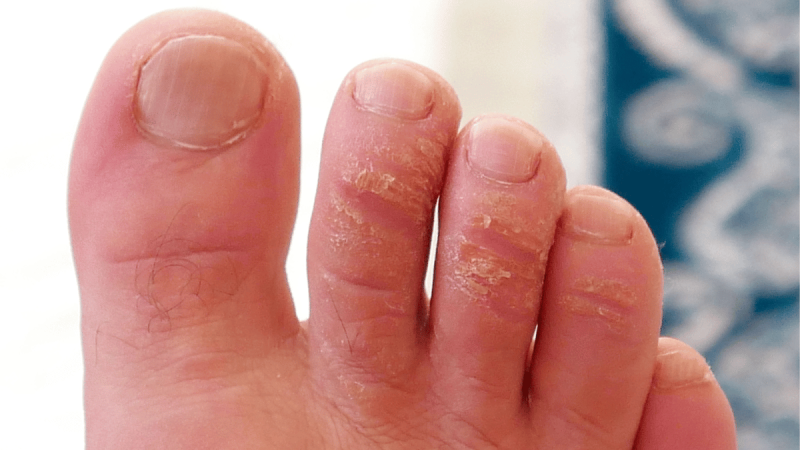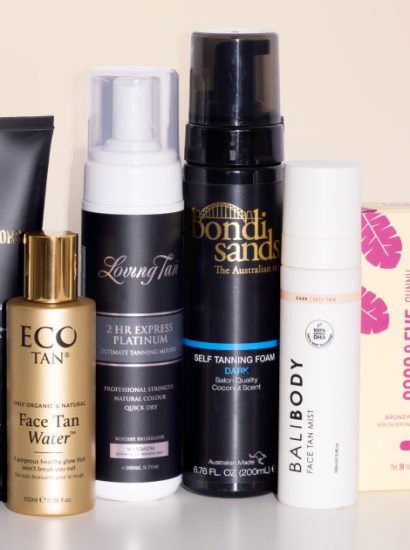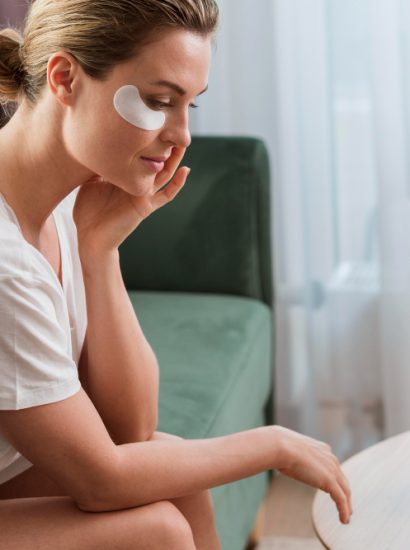Skincare science can sometimes feel overwhelming, but understanding the power of individual ingredients can transform your routine. Urea is one such powerhouse. Though it may not sound glamorous, urea is a clinically proven compound that plays a critical role in hydrating, exfoliating, and healing the skin. This naturally occurring substance is found in many dermatology-recommended products, especially for those suffering from dry, rough, or flaky skin.
In this in-depth guide, we’ll explore what urea is, how it works on your skin, its core benefits, and how to incorporate it into your skincare routine.
What Is Urea in Skincare?
Urea is a natural component of the skin’s Natural Moisturizing Factor (NMF). Our bodies produce it as a byproduct of protein metabolism, and it exists in small amounts on healthy skin. In skincare products, urea is synthetically produced and used in concentrations ranging from 2% to 40%, depending on the formulation and intended effect.
It is both a humectant (draws moisture to the skin) and a keratolytic agent (helps shed dead skin cells), making it one of the few ingredients that moisturizes and exfoliates simultaneously.
How Does Urea Work on the Skin?
Urea’s skin benefits can be explained by its dual-action mechanism:
- Hydration: At lower concentrations (around 2–10%), urea acts as a humectant, drawing moisture into the skin and locking it in. This makes it incredibly beneficial for dry or sensitive skin types.
- Exfoliation: At higher concentrations (10–40%), urea becomes a keratolytic—it breaks down the protein bonds between dead skin cells, helping them slough off more easily. This softens rough patches and smooths skin texture.
- Barrier Repair: Urea also plays a key role in improving skin barrier function, enhancing its ability to defend against environmental stressors and preventing water loss.
Key Benefits of Urea for Skin
Urea offers a wide range of dermatological and cosmetic benefits. Here are the top reasons to add it to your skincare routine:
a. Deep Hydration
Urea helps retain water in the stratum corneum (outermost skin layer), ensuring that skin stays supple, plump, and well-moisturized.
b. Gentle Exfoliation
Unlike AHAs or BHAs, which may irritate sensitive skin, urea exfoliates without inflammation, making it suitable for conditions like eczema or psoriasis.
c. Soothes Rough Skin Conditions
Urea is widely used to treat conditions like:
- Keratosis pilaris (chicken skin)
- Psoriasis
- Calluses and corns
- Eczema
- Ichthyosis
- Cracked heels
d. Enhances Product Penetration
Urea helps improve the permeability of the skin, allowing other active ingredients like retinol, hyaluronic acid, or ceramides to penetrate more effectively.
e. Supports Wound Healing
Some studies suggest urea promotes tissue regeneration, making it ideal for use in scar care and skin recovery treatments.
Different Concentrations and Their Uses
Understanding the concentration levels of urea in skincare products can help you select the right formulation:
| Concentration | Function | Best For |
| 2–5% | Humectant hydration | Daily use, sensitive skin, mild dryness |
| 10% | Light exfoliation and hydration | Keratosis pilaris, rough patches |
| 20% | Moderate exfoliation | Cracked heels, calluses, thickened skin |
| 30–40% | Intense keratolytic effect | Severe hyperkeratosis, dermatological use |
Always check product labels and consult a dermatologist for higher-concentration treatments.
Who Should Use Urea-Based Products?
Urea is well-tolerated by most skin types, including sensitive and reactive skin. Ideal candidates include:
- People with dry or dehydrated skin
- Individuals with eczema or psoriasis
- Those experiencing keratosis pilaris or rough texture
- Diabetics with foot calluses or cracked heels
- Aging skin needing hydration and exfoliation
However, those with broken skin or open wounds should avoid high concentrations unless directed by a healthcare provider.
How to Incorporate Urea into Your Skincare Routine
Here’s how to add urea to your daily regimen:
Step 1: Cleanse
Use a gentle, non-drying cleanser to prep your skin.
Step 2: Apply Urea Product
- Use a urea-containing moisturizer, serum, or foot cream, depending on the target area.
- Apply once or twice daily.
- Follow with sunscreen if using it in the morning.
Step 3: Lock It In
You can follow up with an occlusive moisturizer like petrolatum or ceramide cream to seal in moisture.
Bonus Tips:
- For body care, urea lotions are ideal post-shower.
For targeted care, 20–40% urea creams can be applied to cracked heels or calluses before bed.
Possible Side Effects and Safety Considerations
Urea is generally safe, but it can cause mild irritation or stinging, especially when used in high concentrations or on sensitive areas. Side effects are more likely when:
- Used with abrasive exfoliants
- Applied to broken or inflamed skin
- Combined with prescription-strength treatments
Always do a patch test before trying new products, especially those with higher concentrations of urea.
Pregnant and breastfeeding women can typically use urea-based products, but it’s best to consult a doctor before starting any new skincare treatment during pregnancy.
Conclusion
Urea may not have the glamorous reputation of hyaluronic acid or retinol, but its benefits are scientifically grounded and deeply effective. Whether you’re looking to treat dry skin, manage chronic conditions, or enhance your skin’s glow, urea delivers on multiple fronts. With its ability to hydrate, exfoliate, and strengthen the skin barrier, this unsung hero could be the key to smoother, healthier skin.
Investing in the right urea product—matched to your skin’s needs—can significantly improve texture, tone, and hydration over time.
FAQs
1. Is urea safe for daily use?
Yes, products containing 2–10% urea are safe for daily use and help maintain skin hydration and smoothness. Higher concentrations are typically for short-term or targeted use.
2. Can urea be used on the face?
Absolutely. Low to moderate concentrations (up to 10%) are safe and beneficial for the face, especially for dry or textured skin.
3. What should urea not be mixed with?
Avoid using high-concentration urea with acids or retinoids, as it may increase the risk of irritation. Always monitor your skin’s response.
4. Is urea vegan and cruelty-free?
Urea used in skincare is synthetically manufactured and vegan-friendly. However, always check the brand’s cruelty-free certifications.
5. Can I use urea if I have eczema or psoriasis?
Yes! Urea is often prescribed by dermatologists to help treat eczema and psoriasis, as it hydrates and softens flaky skin. Start with a lower concentration.
Also read: Augustinus Bader Rich Cream: Anti-Aging Moisturizer for Glowing Skin





